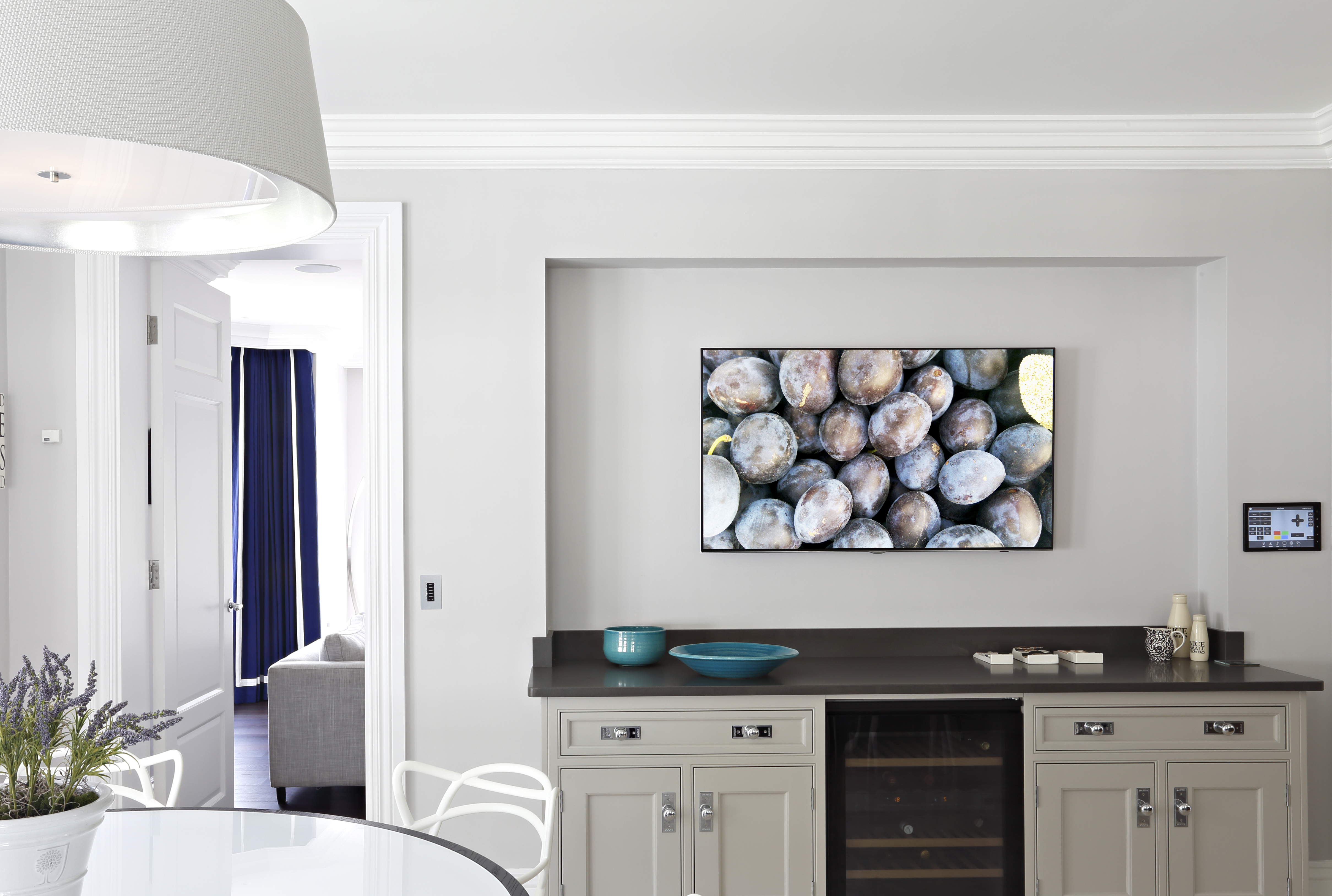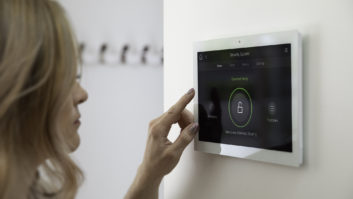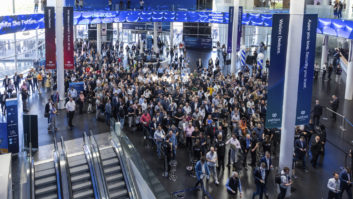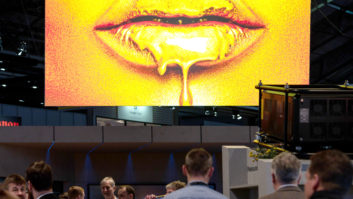
In the first part of this smart buildings feature we considered what the current state of play is in relation to the Internet of Things, here Ian McMurray looks at the confusion around what constitutes a true IoT device.
“I think that in general, people conflate the term ‘smart’ with ‘connected’, comments Dave Pedigo, CEDIA’s vice president. “Homes and commercial buildings alike are typically not smart yet – they’re connected and programmed by smart people. What I mean by this is that most buildings that have some aspect of automation are built using conditional logic; for example, press this button and this will happen – or if this door opens, turn on the lights. Artificial intelligence will change this as the devices in the structure, residential or commercial, will learn preferences and make informed decisions.
“I honestly don’t see a huge difference between commercial and residential other than scale and how they are managed,” he continues. “There are many nuances between residential and commercial, but it is more regarding the client and the magnitude of the job. The technologies on the back end share many more similarities than differences.”
Pedigo’s remarks hint that the Internet of Things is, in fact, something of a misnomer insofar as it implies only that devices are connected to the network. The distinction that needs to be drawn, of course, is that a true IoT device includes one or more sensors. Those sensors may respond to sound or light or movement or temperature or touch or the presence/absence of power – but it is those sensors that cause something to happen.
That, however, isn’t the end of the story. By definition, a sensor is collecting and transmitting data. Millions and millions of sensors generate so-called Big Data. Data, used appropriately, creates information – and information, used appropriately, creates action. The real value of the IoT – and this is equally as true for smart homes as it is for intelligent buildings – is not only the extent to which it can automate mundane aspects of our lives but, more importantly, in how it enables us to make better decisions about the environment in which we live and work. The real value of the IoT will come when we learn to use that data – and for that, as Hague points out, we will likely need help.
“IoT is really the ‘end points’, and bringing smarts to each end point will require cloud services and, most likely, AI and machine learning technologies,” he explains. “IoT is the ‘do’ and AI is what will bring the intelligence to how we use the data we collect.”
Good for the industry
Regardless of exactly where we are, however, there seems to be agreement that awareness of, and interest in, the Internet of Things has been good for the industry – especially those focused on smart homes.
“Thanks to the rise of the IoT, we’re finding that more and more people know what home automation is all about,” says Koen Dekyvre, international sales manager at Basalte. “It helps them to better understand the concept of a fully integrated home automation system, how it works, what the advantages are in terms of comfort and energy, the flexibility, the scalability and so on – and how it could be something for them. It’s helping to set home automation as a standard for every future project, instead of traditional electrical wiring.”
“The Internet of Things is already dramatically changing the way consumers think about technology,” echoes Paul Williams, vice president of product management at Control4, “and we’re seeing that in the increasing rates of adoption of technology like smart home devices by consumers. That demand is also growing in the installed space, with more homeowners looking for whole-home automation systems to simplify their lives. One-off room and device control will no longer be enough to satisfy homeowners.”
Residential business development manager at Crestron, Philip Pini’s point about DIY home automation solutions is an interesting one. While Lambrecht and Williams welcome the newfound consumer awareness of what’s possible – what will be the result of that awareness? Ideally, for the industry, it will drive them to seek out a CEDIA member, for example – but could it equally drive them to Amazon, eBay or the local electronics store or DIY shed?
Perceived threat
“There is a natural perceived threat that manufacturers will make products that will disenfranchise custom installers,” responds Pedigo. “However, this is not the reality. CEDIA’s Size and Scope of the Residential Electronics Industry Study has shown that average job size, the number of projects and the number of control and home networking projects continue to increase. In five years, interoperability will be just as challenging as it is today, and that is where CEDIA can step in – ensuring installers have the training and skills to deliver exceptional experiences.”
“While we do not consider DIY solutions a threat, we do recommend that integrators and custom installers ensure that they are staying abreast of the latest trends and offerings for customers and make recommendations based on these expanding opportunities,” adds Williams. “The emergence of new technologies and capabilities – like Amazon Echo voice control, for example – allows our installers the ability to offer a new and exciting way to upgrade a Control4 system to make a client’s connected home more personalised, comfortable and hassle-free.”
For Bob Snyder, the DIY phenomenon is a positive one.
“Anything that gets the consumer involved in smart home and smart office will create future opportunity for more professional solutions,” he says.
“Personally, I don’t see this as a threat,” agrees Pini. “If anything, I see it as an introduction to the integrated market for a lower price point with limited functionality. I have seen an increase in the knowledge of those talking to Crestron in our London showroom, asking questions about control. This is because of being exposed to some form of IoT device.”
www.basalte.be
www.cedia.co.uk
www.control4.com
www.crestron.com
www.harman.com







